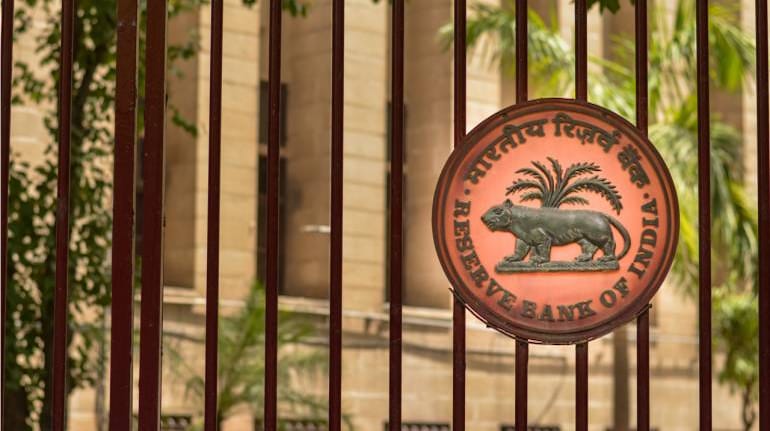India’s central bank earnestly set in motion the withdrawal of liquidity, in the process effectively spelling the end one of its policy rates, the reverse repo. In all probability, the reverse repo rate would be irrelevant now to the market due to the introduction of the standing deposit facility (SDF).
The SDF is an uncollateralized window wherein banks can park their excess liquidity with the Reserve Bank of India (RBI) at their own discretion. There are no limits to the amount that can be parked overnight. Unlike in the case of reverse repo where the RBI reserves the right to reject bids, in SDF banks can park as much as they want. The RBI has indicated that the SDF can be for tenures longer than overnight in the future.
The reverse repo under the liquidity adjustment facility (LAF), however, has an implicit limit due to the collateral of government bonds required from the RBI. Banks parking their excess funds at the reverse repo window will get government bonds as collateral from the RBI. There have been times when the RBI has exhausted its bond holdings because of the sheer amount of funds that banks parked at the reverse repo window.
With the recent expansion in its balance sheet through bond purchases, the RBI has been able to manage large reverse repo mop-ups with enough collateral. Even so, the central bank sensed a restriction in its flexibility to manage liquidity. SDF would allow the RBI to soak up as much liquidity as possible, and at a higher rate of 3.75 percent too. Governor Shaktikanta Das has pointed out that the SDF gives the RBI more leeway to sterilise its market interventions, possibly forex interventions that result in the addition of liquidity.
Indeed, the banking system liquidity surplus is a huge Rs 8 lakh crore currently, going by the amounts parked in various reverse repo windows. To neutralize an unprecedented Rs 8-10 lakh crore worth of excess liquidity without causing market disruption is no easy task. At the same time, the RBI has been an opportunistic seller of government bonds in the past few months. It is possible that holding on to the collateralized reverse repo would have reduced the central bank's ability to continue this opportunistic selling.
As such, the RBI has said that liquidity withdrawal will be over a multi-year period. What this means is that liquidity surplus will continue to be high for the current financial year. The RBI knows this, and moving to an uncollateralized SDF would ensure that the central bank has the necessary freedom to manage liquidity without worrying about availability of enough government bonds in its kitty.
But why is the RBI keeping the reverse repo rate even though its relevance is gone?
One factor could be to provide banks some flexibility in maintaining their statutory liquidity ratio (SLR). When banks park their excess liquidity at the reverse repo window, they get government bonds as collateral from the central bank. This is included in the SLR calculations. Continuation of the reverse repo window would allow banks to iron out unforeseen shortfalls in SLR. To be sure, the banking system's SLR is far higher than the regulatory requirement of 18 percent of deposits. Even so, on rare times few lenders may fall short of SLR for a short period. In those times, banks could opt to park funds at the window and get hold of government bonds.
That said, the central bank is loath to give up on its tools. The bank rate, which has been defunct ever since the LAF framework was adopted in 2000, has not been extinguished yet. Deputy Governor Michael Patra summarised the intent of the bank by saying “there is no instrument which we take off the table”.
The RBI is keeping the flexibility to revert to the reverse repo if it thinks it is warranted in the future. For now, though, the rate is pretty much irrelevant for the market.



